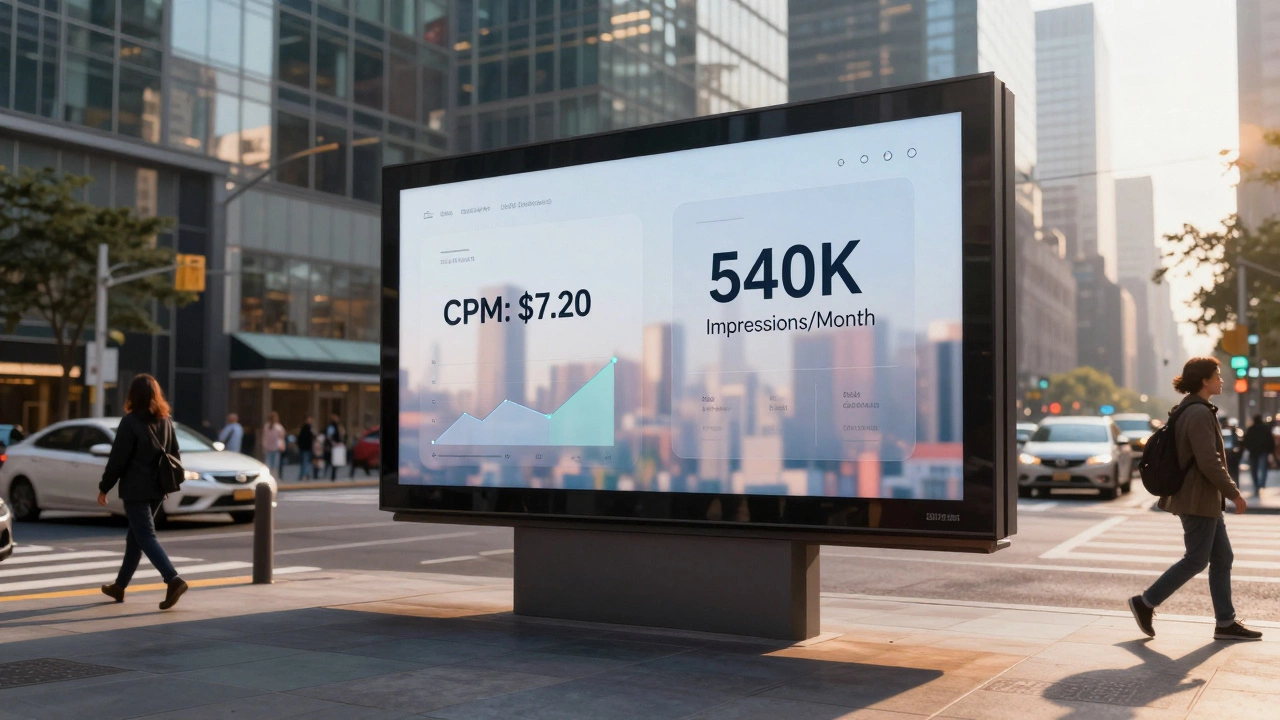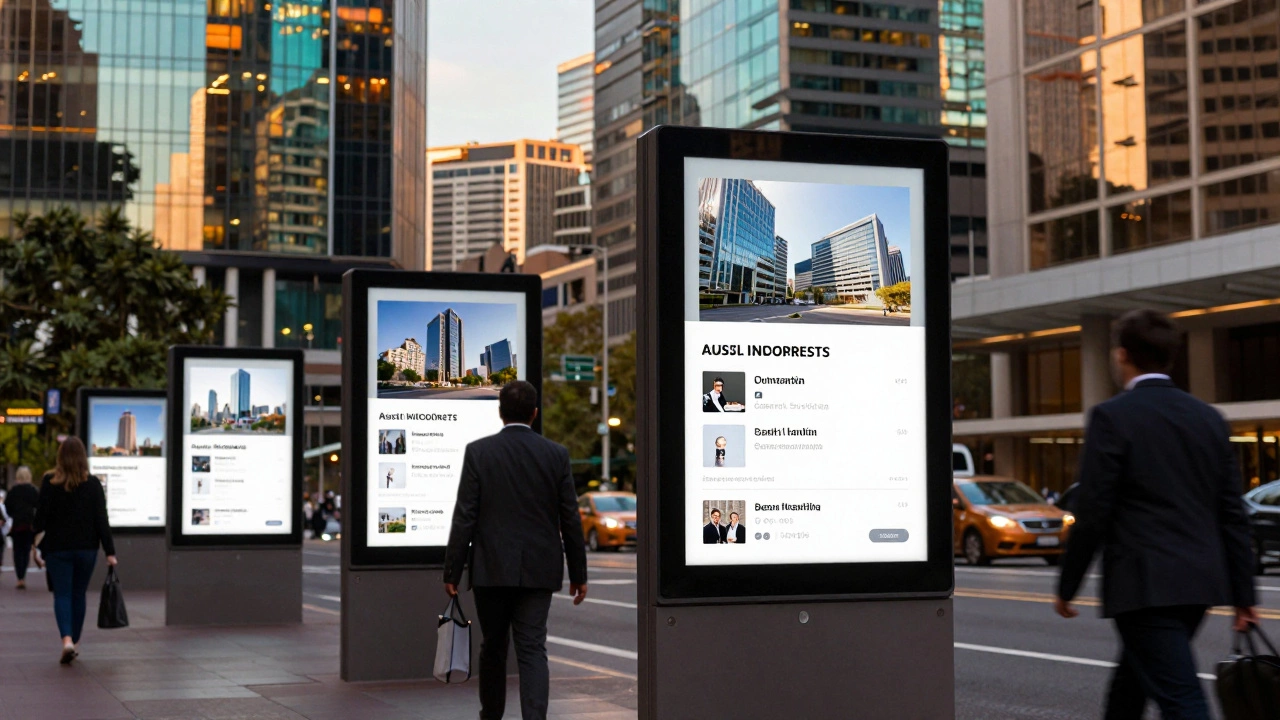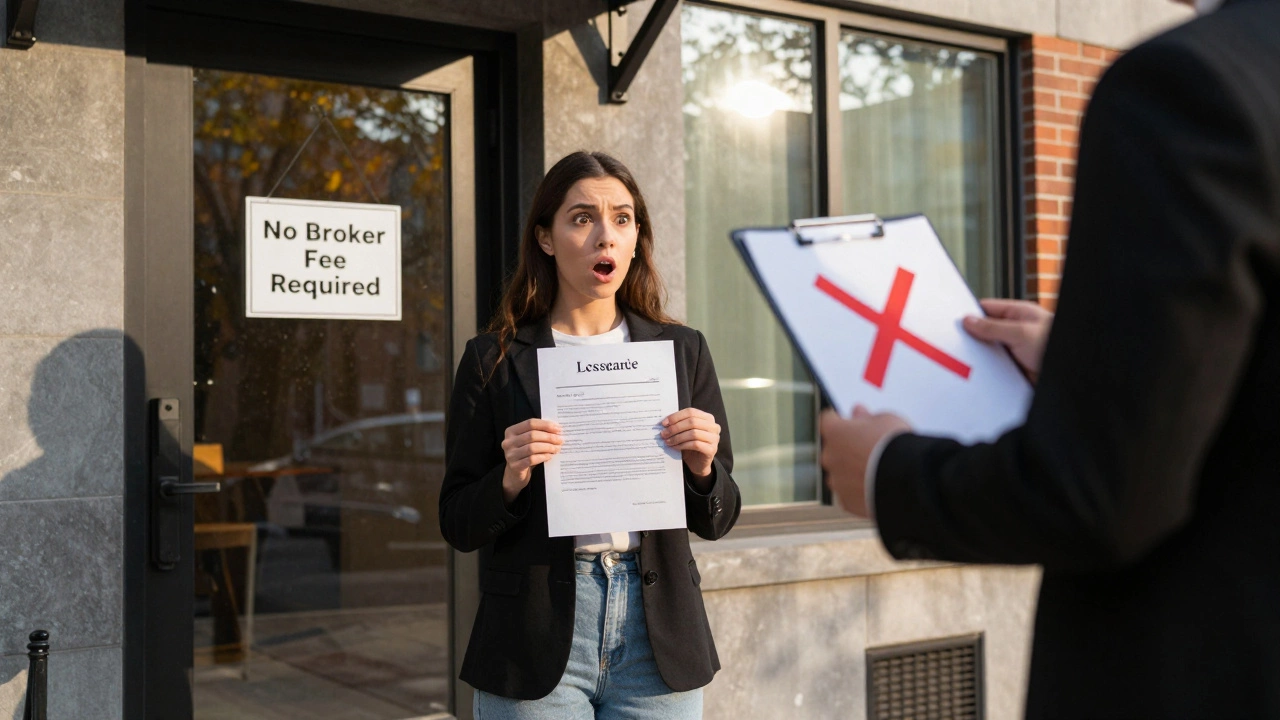Ever wondered what 'property near metro' actually means? It’s not as simple as drawing a circle around a train station. Metro areas are defined using a mix of city planning rules, local government policies, and sometimes, just plain tradition. If you’re shopping for a home or looking to invest, knowing where that metro area officially starts—and ends—can save you from overpaying or getting stuck with a place miles from the nearest station.
What’s considered “walking distance” to the metro can vary wildly. In some cities, it’s 500 meters; in others, it could be over a kilometer. There’s no universal rule, so don’t trust a property listing just because it says “close to metro.” Always check the real distance yourself using a map app. Even better—go see how long the walk actually takes at rush hour. Sometimes, a so-called 'metro area' property is only technically close by as the crow flies, but the on-foot experience is a totally different story.
- What Is the Metro Area, Really?
- Who Decides Where It Starts and Stops?
- Metro Zones: Not All Are Equal
- Why Close Matters: Value and Demand
- Spotting Exaggerated Claims in Listings
- Tips to Pick the Right Metro-Proximate Property
What Is the Metro Area, Really?
When most people talk about the metro area, they’re thinking about the zone where you can realistically reach the metro for daily use. But there’s no official, nationwide definition. In practice, the term covers neighborhoods, apartment blocks, and even commercial spaces that sit within a certain distance from a metro line or station. In real estate, “metro area” turns into a selling point, but it’s more complicated than just being “close.”
In cities like Delhi or Bangalore, the local municipal corporation sometimes formally marks the metro area to include everything within 500 meters of a station. That’s about a 6-10 minute walk for most folks. But other cities might push the definition to a full kilometer, or even just use a main road as the edge. Developers often stretch the truth, calling any place within a 15–20 minute drive “metro area,” when for commuters, that’s not realistic at all.
- The official distance matters—nothing beats double-checking with city maps. In places like Mumbai, local zoning documents usually set firm metro zone limits. These are used for planning parking, shops, even school bus routes.
- Why the fuzziness? Real metro maps rarely line up neatly with residential areas. Metro tracks snake around hills, rivers, older colonies, and highways, so a property “near” the metro might actually be separated by a railway line, a slum, or lack walkable roads.
- Population density is a factor too. In crowded neighborhoods, anything within a 7-minute walk fills up fast. There’s a reason ticket sales at stations like Rajiv Chowk (Delhi Metro) are double those at far-flung stops.
If you dig into government records, they sometimes spell out what qualifies as the metro area for urban planning. In 2023, a property report showed that rental prices for homes within 500 meters of a metro station in Hyderabad averaged 18% higher compared to those farther out. So, it’s not just about convenience—it’s about hard cash value and demand.
Who Decides Where It Starts and Stops?
If you’re checking out a property near metro, you’re probably wondering who actually draws the lines for what counts as the metro area definition. It’s not just one authority making those calls. Usually, local city governments set out the official 'influence zones' or 'catchment areas' around metro stations. These zones can impact everything from real estate ads to school catchments and even your chances of getting municipal benefits.
For big cities like Delhi, Hyderabad, or Bengaluru, urban planning departments are the folks setting the rules. They’ll use surveys, foot traffic data, and city maps to set a radius around each metro stop—sometimes as tight as 400 meters, sometimes stretching up to 1.5 kilometers. The Delhi Metro Rail Corporation (DMRC), for example, considers a property within 500 meters as 'near-metro' and often includes such numbers in its planning docs. Real estate developers love these zones, using them in almost every sales pitch.
Here’s where it gets interesting: even mapping platforms like Google Maps or the National Transit Database in the US use their own standards for 'metro area.' Property search sites might have filters like 'within 1 km of metro'—but that’s their definition, not an official one. Zoning and development authorities sometimes have their own zones for what qualifies for fast-track building approval or urban renewal projects.
- City Governments: Publish official maps and boundaries.
- Metro Authorities: DMRC, Metro Rail, MRTS, and others release planning docs marking these zones.
- Real Estate Sites: Set definitions for their listings, not always aligned with official boundaries.
- Urban Development Departments: Sometimes rezone areas to help boost growth or manage congestion.
A 2023 survey by Property Monitor India found that nearly 68% of new residential projects in Delhi NCR advertised metro proximity, but 22% of those were actually outside the 1-kilometer mark according to DMRC’s maps. So, don’t just trust the label—know who’s drawing the map before betting your budget on a 'metro area' property.
Metro Zones: Not All Are Equal
When it comes to metro area definition or picking a property near metro, not all zones are the same. Metro systems often divide their reach into zones or rings—like Zone 1, Zone 2, and so on. Each zone can mean something different for your daily life, your wallet, and how easy it actually is to get around.
Let’s take Delhi Metro as an example. Its zones are mostly about distance and fare, but they say a lot about the location. Zone 1 usually covers the city center and business hubs—great for commuters, but also pricey. Move out to Zone 3 or further, and you’ll see lower property prices, but often longer travel times and fewer amenities nearby. Mumbai Metro does something similar, but their zones are mostly about ticket pricing, which still affects who wants to live where.
Here’s a quick look at how different zones stack up in terms of what most folks care about:
| Zone | Average Property Price Increase | Avg. Walking Time to Metro |
|---|---|---|
| Zone 1-2 (Central) | 10-25% above city avg | 5-10 min |
| Zone 3-4 (Mid-distance) | 5-10% above city avg | 10-20 min |
| Outer Zones | At or slightly below city avg | 20+ min |
This doesn’t just affect price, but lifestyle too. In central zones, you’ll get quick rides and usually better infrastructure. In outer areas, it’s quieter and cheaper, but you might spend an hour just reaching your workplace.
It pays to ask which zone a property falls into before making decisions. If you see a home marketed as “metro-adjacent,” read the fine print. Sometimes “adjacent” means across a busy highway or actually in a different fare zone with higher daily costs.
To make it easier, here’s what you should ask or check:
- Which metro zone is it in? (Ask the builder or check the metro map online.)
- Is there direct station access, or do you have to cross major roads?
- Do zone differences mean higher fares or longer travel times?
- How do property prices shift between zones? Don’t just look at listing prices; see what homes have actually sold for recently.
No one wants to pay a premium for “metro access” only to discover they’re in a less-connected, more expensive zone. The actual metro zone can change the experience of city living—big time.

Why Close Matters: Value and Demand
Ever notice how homes labeled as property near metro almost always come with a higher price tag? That’s no accident. A 2023 study from the National Association of Realtors showed that homes within 800 meters of a metro station in major cities sold for about 14% more, on average, than similar homes farther away. It’s all about location, convenience, and how much people value quick commutes.
Living near the metro area gives renters and buyers a real advantage—less time in traffic, lower transport costs, and a steady flow of tenants for those renting out their units. If you’re an investor, that’s a big deal. Rental demand is usually much higher for homes close to reliable public transport, because people working in city centers don’t want to waste hours every day driving or catching multiple buses.
“Properties within walking distance to robust transit lines historically outperform the wider market, both in demand and resale value.”
— Urban Land Institute, 2024
Sellers and agents highlight property near metro because buyers are actually willing to pay for the upgrade. It’s even more obvious in rental markets—a 2024 Urban Affairs study reported rental vacancy rates near metro stations were 50% lower compared to neighborhoods more than 2 kilometers away.
| Distance to Metro | Average Price Premium | Average Rent Vacancy Rate |
|---|---|---|
| < 800 m | +14% | 2.8% |
| 800 m – 2 km | +7% | 4.2% |
| > 2 km | 0% | 5.7% |
But proximity is only half the story. Which metro line you’re near can make a difference too. Properties close to express or popular lines tend to rise in value and demand a lot faster than those near little-used or single-route stations. If you’re thinking long-term investment, always check planned expansions and upcoming stations. New lines can shake up property values overnight.
Spotting Exaggerated Claims in Listings
If you’re scanning property ads, chances are you’ll see phrases like “metro adjacent” or “just minutes from the metro area.” Here’s the thing: these are classic marketing tricks. Sellers know that being near the metro area bumps up prices and interest, so they stretch the truth—and sometimes, a lot.
To avoid disappointment, don’t just trust, verify. First, open Google Maps or any reliable map app and actually check the walking route from the property to the nearest metro station. You’ll be surprised how often “10 minutes from metro” turns into a sweaty 20-minute walk—especially in rush hour or with bad sidewalks.
Watch out for these classic stretchers:
- As the crow flies: Some agents measure distance in a straight line, ignoring fences, highways, or blocked paths. Always check the real route a person would take.
- Metro line vs. station proximity: Listings might talk up being “on the metro line,” but the actual station could be much farther away. The difference is huge for weekdays.
- Future metro: Some ads highlight “upcoming station,” but that could be years away and not guaranteed. Check the official city transit plan for actual dates and status.
Here’s a quick cheat sheet for judging “near metro” claims:
| Claim | Reality Check |
|---|---|
| "5-minute walk to metro" | Usually means 500-600m, but always time it yourself |
| "Metro at your doorstep" | May simply mean within 1km; check for obstacles or busy roads |
| "Next to metro" | Sometimes really does mean next door, but often a block or two away |
| "Upcoming metro station" | Verify the construction and government approval status |
Cut through the hype. The simplest way? Ask the seller or agent for the exact station name, and plug it into your map. Then, if you’re serious, visit the area at different times of day and actually try the route. If something feels off, it probably is. A little checking now means no disappointment later—and no expensive surprises.
Tips to Pick the Right Metro-Proximate Property
Searching for a property near a metro area? There’s more to it than just checking if there's a station on the map. You want value, convenience, and an honest claim about proximity.
- Double-Check Distance: Always use your phone’s map app to measure real walking distance from the building to the nearest metro entry—not just the straight-line distance. In Mumbai, for example, listings within 800 meters of a metro station are usually snapped up fastest, but winding lanes can stretch your walk way past 10 minutes.
- Look at the Surroundings: A property that’s technically close to the metro might be separated by a major highway or have no safe footpath. Try the walk during busy hours to see what it’s really like.
- Check Noise and Traffic: While being close is convenient, some spots right next to elevated tracks get a steady hum of train noise or heavy traffic. Ask neighbors about it or visit at different times to see if you’d mind it every day.
- Learn the Zone Rules: Metro stations often lift up real estate prices, but only if they’re in the right zone. Some city master plans set “influence zones” within 500 meters, where you might get better infrastructure or see more new shops and cafes. If you want higher future value, buy in this circle whenever you can.
- Don’t Fall for Marketing Tricks: If a listing uses the word “close,” check if there’s a catch, like “800 meters as the crow flies” or “10 minutes by car”—both could be misleading. Anything above 1 kilometer usually doesn’t get the true property near metro premium unless the walk is super straight or shaded.
- Consider Exit Options: Some stations have exits on only one side, so even if a property is geographically close, the actual accessible walking distance could be double what you’d expect if you’re in the wrong spot.
Proximity to the metro can make a clear difference not only for your daily routine but for your property's rentability and resale. Check out the numbers below from a 2024 urban housing report in Delhi NCR:
| Walking Distance to Metro | Avg. Price Premium |
|---|---|
| 0-500 meters | +17% |
| 501-1000 meters | +9% |
| Over 1km | +2% |
As you can see, real estate value drops steadily as you get further from the station. Stick to properties that are truly convenient, and don’t just believe the hype. Your legs—and maybe your wallet—will thank you.





